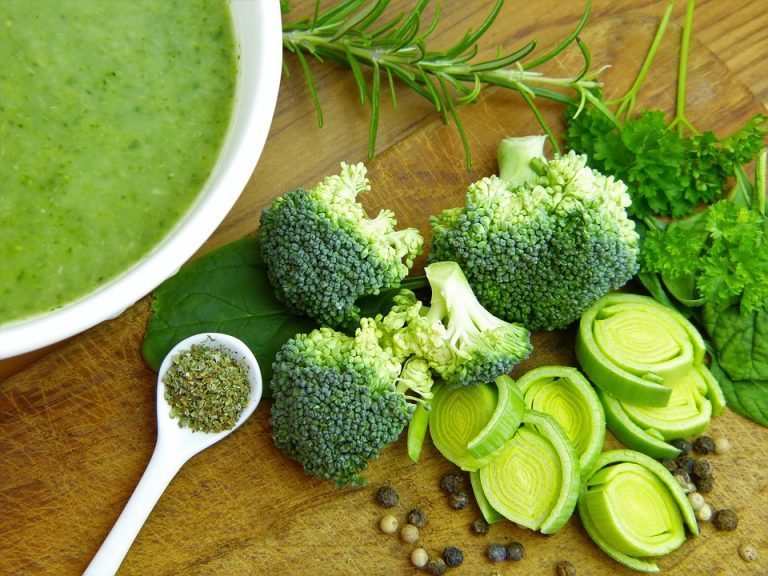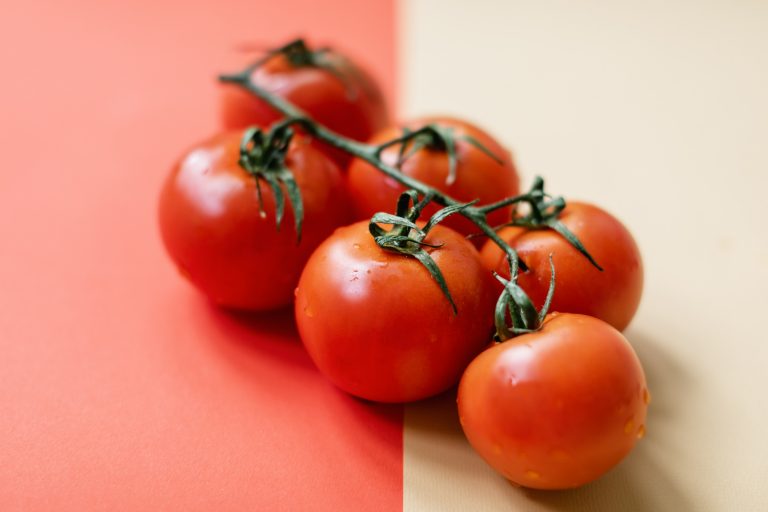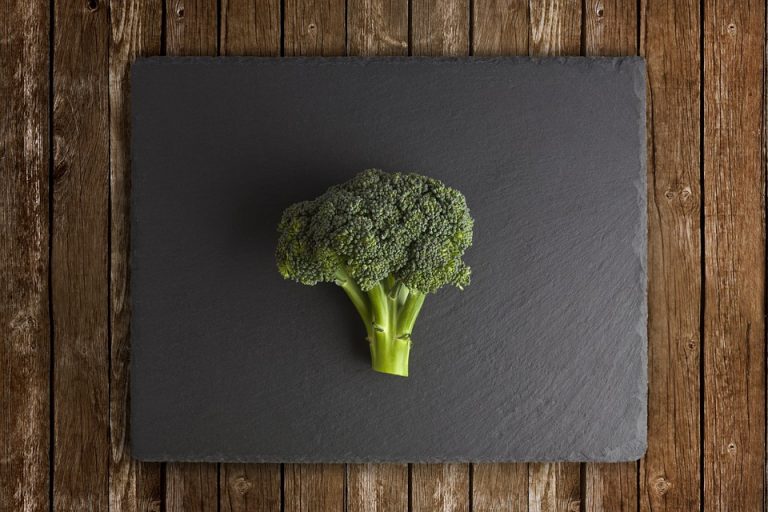How to Control Tomato Diseases and Pests Successfully?
While waiting for tomatoes to ripen and harvest, don’t forget to pay attention to plant diseases and pests. Here we will introduce some diseases and pests that often appear in tomato cultivation, and teach you how to identify, treat and prevent them.

Late Blight
Symptom recognition: Tomato late blight, also known as tomato blight, is the most common and most harmful disease in tomatoes. The disease is caused by a fungus and mainly affects leaves and fruits, but also stems and petioles. It can be infected from the seedling stage to the adult stage. In the seedling stage, the disease spot spreads from the main stem of the leaf, the tender stem constricts and rots, the branches and leaves above the diseased part die, and a white mildew layer is produced on the surface of the diseased part when the humidity is high.

Incidence rule: The disease likes a high temperature and high humidity environment, the optimal onset temperature is 18-25℃, relative humidity is more than 95%. The most suitable growth period of the disease was from plant formation stage to fruit-setting stage, and the gleying period of the disease was 3-5 days. In years of continuous rain, the disease is more serious in low-lying fields with poor drainage, densely planted fields with poor ventilation and light, and fields with improper fertilizer and water management.

Prevention and treatment methods:
1. Crop rotation: rotate with non-solanaceous crops for more than 3 years;
2. Remove the sick and disabled body, timely remove the sick leaves and fruit buried deep in the onset season, timely remove the sick and disabled body after harvest;

3. Cultivation and prevention: strengthen field management, improve plant disease resistance, watering is easy to carry out on sunny days, prevent flooding irrigation. After irrigation in protected cultivation, it should be timely ventilated and dehumidified, reasonably dense planting, timely pruning, and forking, removal of old leaves at the lower part of the plant, improvement of ventilation and light conditions, and increase the amount of ventilation under the premise of ensuring humidity;
4. Drug prevention and control: at the beginning of the onset of downy mildew 72% net wettable powder diluted 800-1000 times spray, spray 1 times every 7-10 days, continuous 3-4 times.

Virus Disease
Symptom identification: the disease is caused by viruses, and the main symptoms in the field are: Mosaic, fern leaves, stripes, clumps, leaves, yellow top. The disease is more serious in the growth of autumn sowing tomatoes.

Incidence rules: the disease likes high temperature and drought environment, night mild ground temperature is higher, less rain, aphids more serious occurrence. Fertilizer and water were not uniform, and the occurrence of nitrogen fertilizer was more serious. The optimum ambient temperature is 20-35℃. The relative humidity was below 80%, and the most suitable growth period was from the fifth leaf stage to the middle and late fruit setting stage, and the onset gelling period was 10-15 days. General continuous high temperature and drought weather is conducive to the occurrence and prevalence of the disease.

Prevention and treatment methods:
1. Selecting disease-resistant hybrid varieties;
2. Select disease-free seeds and disinfect seeds before sowing;
3. Scientific management, cultivation of strong seedlings, increase the application of phosphorus and potassium fertilizer, promote plant growth, to improve the ability to resist disease;

4. Aphid prevention and treatment. To prevent aphid transmission of the virus, can choose 2.5% aphid traceless emulsion 1000-1500 times liquid;
5. Chemical control: before the onset of disease or at the onset of disease, 40% grams of toxic treasure soluble powder 1000 times liquid can be sprayed once every 7-10 days, for 2-3 consecutive times.

Bacterial Wilt
Symptom recognition: the disease is caused by bacteria, is a bacterial vascular tissue disease. In the beginning, the new leaves at the top withered and drooped, then the lower leaves developed and withered, and then the middle leaves withered. After the onset of the disease, the color of the leaves was weak and green, and withered. At the initial stage of the disease, plant leaves wilted during the day, recovered to normal in the evening, and then soon spread to the whole plant wilting, and no longer recovered and died. The stem is characterized by water spots in the initial stage and brown after expansion. The lower epidermis of the diseased stem is rough and adventitious roots are often produced. When the diseased stem is cut open, the vascular bundle turns brown.

Occurrence rule: The disease likes high temperature and humidity, and the optimal temperature range of onset is 20-38℃. The most suitable growth period of the disease is in the middle and late fruit period of tomato, and the onset gley period is 5-20 days. Low-lying land with poor drainage and acidic soil is more serious in the year of high temperature and rain in autumn. The weather conditions causing symptoms of the disease are heavy rain or continuous rain that suddenly clears up, the temperature rises rapidly, and the humidity in the field is high. The incidence of the disease will appear in pieces.

Prevention and control methods: at present, there is no ideal control agent for tomato bacterial wilt, the following links should be paid attention to in prevention and control:
1. Select and breed disease-resistant and high-yield varieties according to local conditions;
2. Crop rotation should be carried out in severely affected areas and severely affected fields, preferably with rice in flood and drought rotation;

3. Strengthen fertilizer and water management. Renovate drainage and irrigation system, cultivate high furrow and deep furrow to prevent flood and series irrigation;
4. The first fruit period began to strengthen inspection, once found the sick plant immediately removed, collected and burned, the sick point and nearby plants doused 77% can kill suspension 800 times liquid, or sweep fine 800 times liquid, more than 2 times, every 7-10 days 1, before dense sparse, doused foot (200-500 ml/plant or more).

Mould
Symptom recognition: main damage to flowers and fruits, leaves, and stems can also be affected. The affected part presents water stains or yellowish-brown wet rot, the surface is covered with gray to grayish brown thick mold layer.
Disease law: bacteria rely on airflow to spread, from the host wound or aging organ invasion disease. The bacteria are weak parasitic bacteria, which can live saprophytic on organic matter and develop at the optimum temperature of 20-23℃. Suitable temperature (about 20℃) and relative humidity above 90% are conducive to the onset of disease. Host growth weakness, easy to induce this disease.

Prevention and treatment methods:
1. Attention should be paid to breeding disease-resistant and high-yield varieties;
2. Clean the garden, remove diseased old leaves, properly dispose of them, and do not discard them at will;

3. Prevent tomato from spreading diseases;
4. In the early stage of the disease, pay close attention to continuous spraying to control the disease.
Cotton Bollworm
Cotton bollworm (ARmigera armigera) is a major pest of tomato.
It occurs for many generations in a year and causes damage in all seasons. It eats the flowers and fruits of tomato plants and eats the tender stems, leaves, and buds.

After the bud is damaged, the bract opens and becomes yellowish green. It falls off after 2-3 days. The young fruit is often eaten empty and rots and falls off.
Tomato bollworm control method, cotton bollworm eggs laid on the bud, combined with pruning, timely cutting the top can effectively reduce the number of eggs, at the same time, attention should be paid to timely removal of insect fruit, depress the population base.
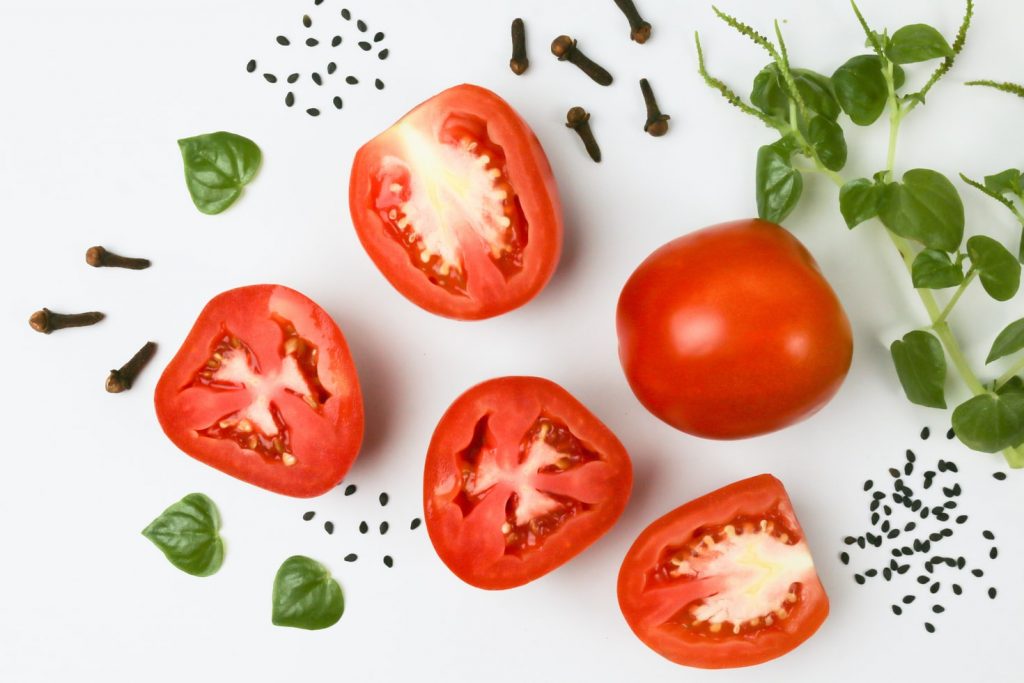
Pharmaceutical prevention and control in the larva hatching peak period can choose 30% touch to pour oil, 15% antitoxin oil 1000-1500 times liquid in sunny days after 4 PM or cloudy day spray, spray again every 5 days.
Whitefly
The insect on the plant SAP makes the leaf curly yellow, affects the growth, the most important harm is the spread of virus disease, in addition to the use of aphid treatment agents, use 2.5% aphid trackless emulsion 1000-1500 times.

Tomato Blight
1. Seed treatment. Soak seeds for 6 hours with benzylthiocyanide emulsion + high lipid film (can drive away underground diseases and insects, isolate virus infection, strengthen respiratory intensity, improve seed germination rate), then take medicine to accelerate germination or live to seed.
2. Strengthen seedling bed management. It is advocated to use acupoint dish and nutrition pot to raise seedlings, and pay attention to prevent high temperature and humidity of seedling bed or seedling dish. The timely application of high fat film can effectively prevent evaporation of water on the ground and transpiration of water in the seedling body, isolate diseases and insect pests and shorten the slow seedling period.

3. In tomato growth and timely tillage weeding, balance water, and fertilizer, topdressing to control the application amount of nitrogen fertilizer, increase the application of phosphorus and potassium fertilizer. Timely ventilation and light, conducive to tomato growth, improve disease resistance. In addition, the field humidity was reduced in time, improve pollination quality, enhance fruit setting rate, improve tomato quality, stable yield, and high quality.
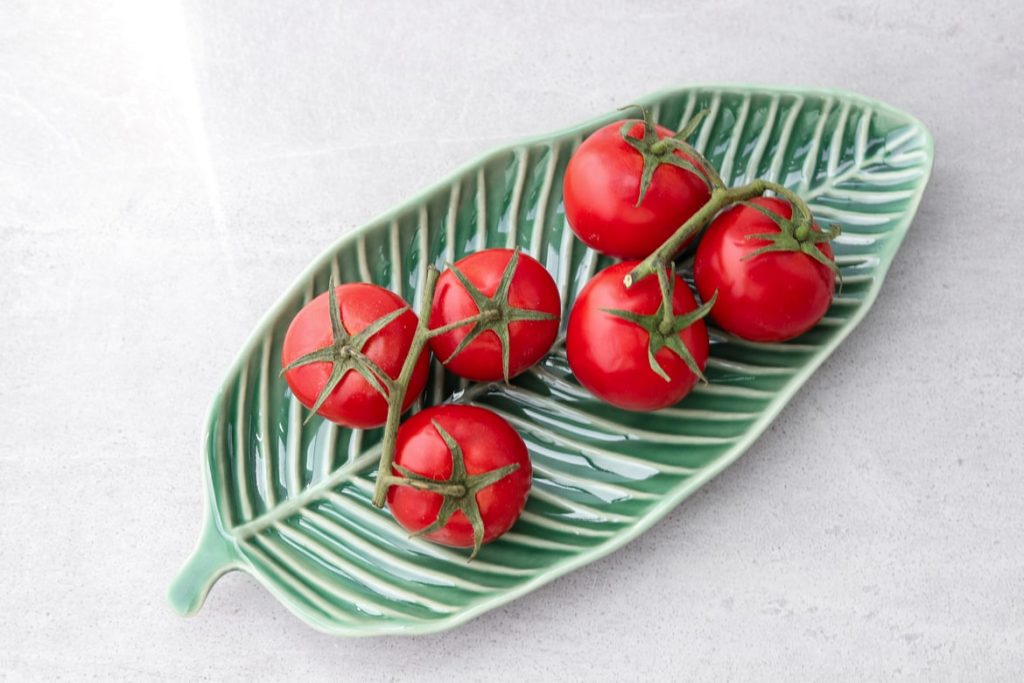
4. At the early stage of the disease, you can spray methyl lipophos emulsion (or 30% phenyl ether methylene ring emulsion) + new high lipid film for prevention and control. Depending on the disease, once every 7-10 days, continuous prevention and treatment 2 times.


